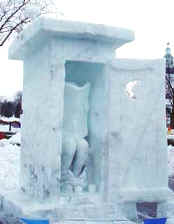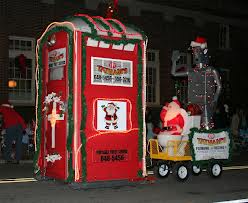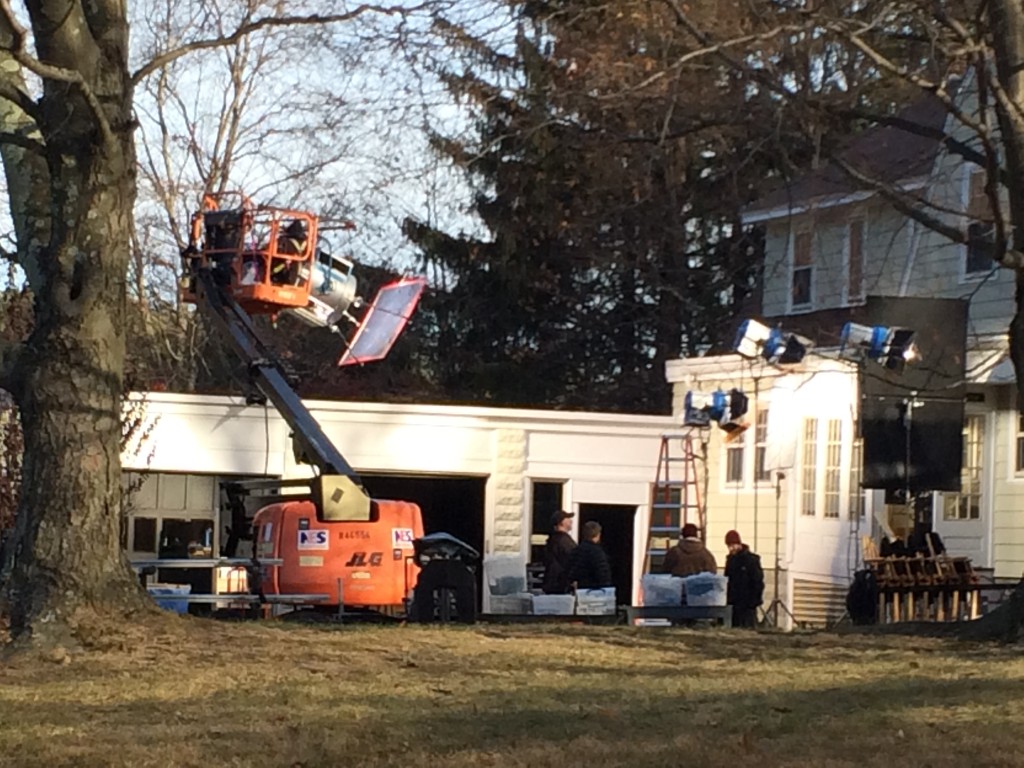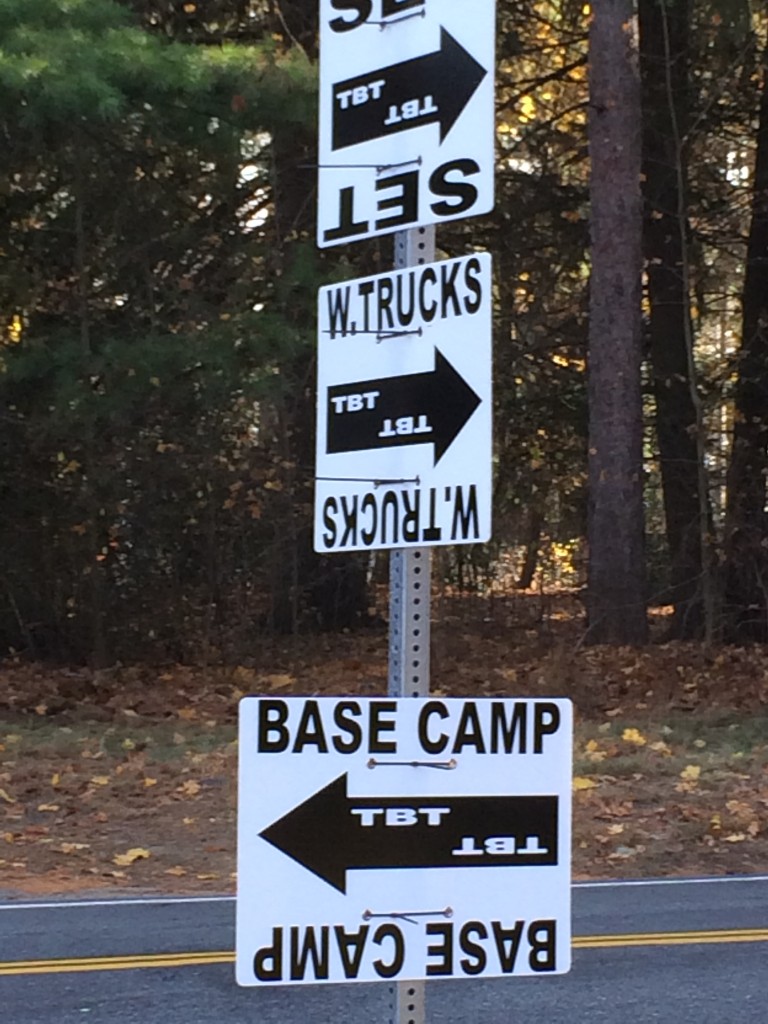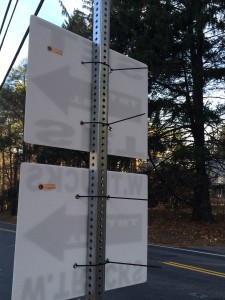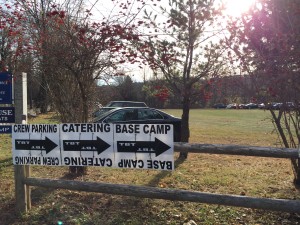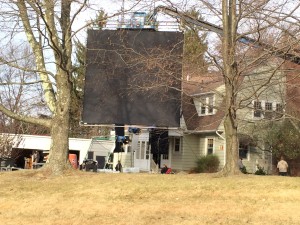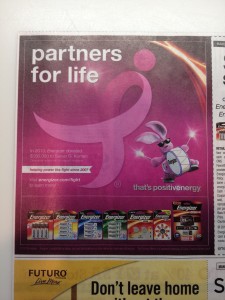Not in my front yard!
18 Dec
What happens when your walkathon becomes so popular that it requires that the streets along your route to be closed for several MORE hours – limiting access to the residents that live there? What happens if a neighborhood association along your route gets together and denies your event access?
This article in the Boston Business Journal shares that many popular road races in New England have been cancelled. Not because of logistical or monetary issues – but because the neighbors along the event route do not want the added disruption. Many half, and full marathons can shut down street access anywhere from 3 to 12 hours.
I live near the Boston Marathon route, and know that there is NO WAY that I will be getting across Rt. 135 during the hours of 10am to 4pm on the third Monday every April. The po-po has it shut down and there are barricades in many places. Depending on the side of the street they are located, many businesses along the marathon route know that they will either have a lucrative Monday or some simply do not bother and stay closed for the day.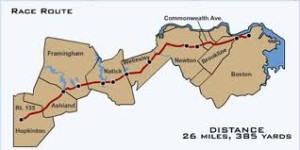
Most walkathons are either 5K or 5 miles, and only require a 90 minute to 4 hour shutdown of some streets – if necessary. Ideally, your event is making all right turns, which will minimize the traffic and residential disruption. If your walk route needs to be in a residential area, then you are hopefully placing flyers in the mailboxes of those affected to let them know the date/time and invite them to participate.
Perhaps your walk is on private property, or a state/city park and you only need to make nice-nice with the pavement or wildlife!
If you have more than 7,500 walkers, you will probably have a rolling start. Rolling starts allow participants to begin their walk anytime within a designated window. Rolling starts will reduce the large walking blob that spills into streets and require a shutdown.
I have not even touched upon the participant parking! When you have more walkers, you will need more places for the participants and volunteers to park their cars during the event. Will you bus them in? That’s an expense. Additional vehicles on residential streets will add to the irritation to the neighbors that live there.
Bottom line – if your route is in a residential area, think about the implications and inconvenience to the neighbors and try to keep your disruption to a minimum. If you become too much of a nuisance, they may organize to shut you down.





